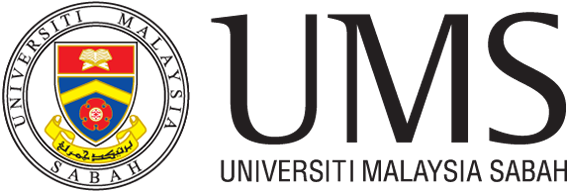Part 1 Online PBL in Physics Education and Physics Higher Education
Problem-based learning (PBL) is a method where students collaboratively solve real-world physics problems. Instead of traditional teaching, students take on an investigative role, asking questions, conducting experiments, and finding solutions independently. In traditional PBL, students often work together in person, engaging in discussions, hands-on activities, and collaborative problem-solving. Working in small groups, they engage in discussions, enhancing teamwork and communication skills. Teachers act as mentors, guiding with strategic questions and assistance. Problems are chosen purposefully to connect theoretical physics principles to everyday phenomena. However, with the introduction of online education, the need arises to translate these interactive and collaborative elements into a virtual format. Online problem-based learning (OPBL) in Physics Education involves the use of digital platforms and tools to facilitate problem-solving and active learning in physics. Several studies and research articles highlight the development and implementation of OPBL modules specifically tailored for physics education. These modules typically consist of various components like competence, material, exercises, evaluation, and compilers, providing a structured approach for both students and teachers to engage in online learning effectively.
The principles of active learning remain a focal point, emphasizing that students are actively engaged in the learning process rather than passively receiving information. Collaborative aspects are maintained, with students working together virtually using online platforms, discussion forums, and video conferencing tools. Real-world problem-solving continues to be a cornerstone of this approach. Physics concepts are taught through the lens of practical, everyday issues or scenarios, encouraging students to apply their knowledge to real-life situations. The aim is to make the learning experience not only educational but also relevant and applicable to the world around them.
Online tools and resources play a crucial role in facilitating this transition. Digital simulations, virtual labs, and multimedia resources are employed to ensure that students have access to interactive content that enhances their understanding of physics concepts. Learning Management Systems (LMS) and other online platforms provide a structured and organized space for delivering content, facilitating discussions, and assessing student progress.
The integration of OPBL in physics education aims to enhance students’ analytical thinking skills, motivation, and overall learning outcomes. By utilizing online simulations and real-world problems related to physics topics for instance, students can develop a deeper understanding of concepts and improve their problem-solving abilities. The flexibility and accessibility of online platforms allow students to engage with physics content anytime and anywhere, promoting self-directed learning and collaborative problem-solving. Moreover, the implementation of OPBL in physics education addresses the need for innovative instructional methods to attract and retain students’ interest in physics, particularly at the pre-university level. By incorporating 21st-century skills such as collaboration, critical thinking, and communication, OPBL not only enhances academic achievement but also fosters a positive attitude towards learning physics and prepares students for future challenges in the field.
OPBL in higher education institutions for physics courses refers the adjustment of the instructional approach known as PBL to virtual platforms in the higher education physics context. This educational strategy aims to involve students in collaborative and inquiry-driven learning experiences by making use of online tools and resources. The intention is to enrich the teaching and learning of physics concepts through a virtual medium. Applying OPBL to higher education level or university students to strengthen their understanding of physics concepts and understanding, can be done in a variety of ways. For example, by using online platforms such as virtual learning environments (VLEs) or Learning Management Systems (LMSs). Educators can create OPBL activities that allow students to engage in collaborative problem-solving, inquiry-driven learning, and interact with course content in a more engaging and accessible way. Facilitator can also use online platforms to provide students with videos, tutorials, and examples to support the learning content.
Implementing OPBL in higher education institutions physics courses involves selecting physics problems that align with course objectives and real-world applications. Utilizing virtual collaborative tools, such as video conferencing and discussion forums, facilitates remote teamwork and mirrors the group dynamics of traditional PBL. Integration of digital simulations and virtual labs provides students with hands-on experiences in a digital environment. Clear learning objectives guide each OPBL activity, fostering a comprehensive understanding of physics concepts. Guided online discussions, access to diverse learning resources, and online assessments, including quizzes and project presentations, contribute to a robust learning experience. Encouraging student reflection and metacognition, along with timely feedback, enhances problem-solving skills. Building a collaborative online community and adapting to diverse learning styles ensure inclusivity and engagement.
Ongoing professional development for facilitators and continuous improvement based on student feedback contribute to the efficacy of OPBL. Emphasizing the real-world relevance of physics concepts encourages practical application and reinforces the significance of problem-solving skills in various scientific and industrial contexts.

